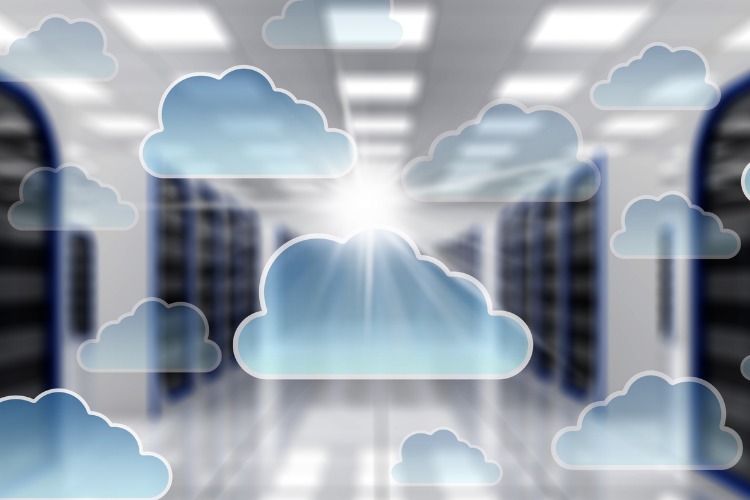A Guide to Assessing Cloud Server Pricing
Businesses and individuals wanting to leverage cloud services must pay prime attention to it. They will need to boost their understanding of how cloud servers work and practice informed decision-making in areas of cloud usage and optimization of costs.
To address this, we’ll seek to understand the key components of cloud computing as a resource for cloud server pricing guide and explore computing resources. After that, consideration shall also be given to data transfer costs, network bandwidth, and latency.
Understanding the Components of Cloud Server Pricing
Let us examine the factors that influence cloud server pricing while identifying their key cost components.
The Factors
The key factors are:
- Demand and Supply - Resource availability will affect price – high demand will lead to increased prices.
- Competition among Providers - Where the market competition is high, it will affect the pricing model to attract customers.
- Geographic Location - Due to energy prices, infrastructure costs, and regulatory requirements in different regions, the location of the cloud servers matters in price determination.
- Service Level Agreements (SLAs) - SLAs defines the terms and condition of service. Depending on the number of features agreed upon, it can influence the pricing template.
Key Components
Such components as CPU (Central Processing Unit), memory (RAM), and storage are critical. Data transfer rates and bandwidth usage across the network will equally impact overall cost. The choice of operating system and software deployed and the flexibility with which resources can be scaled according to usage will also affect the price structure.
Additional Costs and Hidden Charges
Other factors are integral to the pricing structure, such as the information retrieval fees, network ingress, or egress charges. The offering of premium support services and, sometimes, even overages and penalties that are accruable from exceeding allotted resource limits can jack the price up.
Computing Resources: CPU, RAM, and Storage
The computing resources determine the performance and functionality of the computing devices. We shall now examine the crucial role played by the CPU, RAM, and the storage device.
The Role of the Central Processing Unit (CPU)
The CPU is the brain responsible for executing instructions and processing information in the computer. Its speed and cores affect its processing and multitasking abilities.
The Role of the Random Access Memory (RAM)
The CPU temporarily stores information in the RAM for quick access and manipulation. It allows the storage of multiple programs and enhances the multitasking abilities and overall system performance.
This website https://www.howtogeek.com/ elaborates more on this topic – you can assess it for more information.
The Storage Device
Devices such as hard drives and solid-state drives are responsible for permanently storing data, allowing for access even after the system shutdown. Appropriate data organization ensures improved system performance and faster information retrieval.
Data Transfer Costs: Inbound and Outbound Traffic
Our attention now shifts to discussing the strategies to effectively manage and reduce the costs associated with inbound and outbound data traffic.
Inbound Costs
Information moving into a cloud service from external sources or the internet is called inbound data. Such factors as data volume and origin determine its cost. Inbound data transfer costs on the overall structure can be huge, especially for data-intensive applications.
Outbound Costs
These are the costs of outbound data transfer, leaving the cloud service, and traveling to external destinations. Critical to its price determination is the volume of the information being transferred and the destination it’s being sent to. To maintain a balanced budget and avoid unexpected financial developments, these outbound costs must be managed carefully.
How to Manage Data Transfer Costs
Utilizing information compression techniques, such as data caching and compression, can significantly minimize the volume of information transferred to reduce costs. Efficient data routing strategies can also help to optimize the path it takes, leading to a potential reduction in outbound traffic costs. Another way to reduce costs is utilizing content delivery networks (CDNs) to minimize transfer distances strategically.
Other Cost-effective Ways of Managing Costs
By optimizing, resource usage is streamlined to effectively manage data while, through scalability planning, unexpected spikes in data transfer costs are anticipated and well catered for. Also, information transfer costs can be regularly monitored and pattern analyzed with the necessary cost-saving adjustments made.
Network Bandwidth and Latency Considerations
Finally, let us learn about network bandwidth latency and explore the strategies to optimize their performance.
What is Network Bandwidth about?
The maximum data transfer rate over a network connection is referred to as its network bandwidth. Measured in bits per second (bps), it is usually indicative of the volume of information that is transmitted within a specific timeframe.
Bandwidth affects the speed at which information is transmitted; when web pages open or files download quickly, the bandwidth is high. High bandwidths are essential for a seamless and responsive user experience.
Understanding Latency in Networks
The time data travels from its source to its destination in milliseconds (ms) is called latency. Different factors often influence the delay experienced during network data transmission (latency). Types of latency include propagation delay, transmission delay, processing delay, and queuing delay latency.
To get more knowledge on network bandwidth and latency, you can read this article.
Conclusion
Understanding cloud server pricing is crucial for budgeting and cost management in cloud computing. All factors influencing pricing in the network infrastructure can be optimized for cost savings and better efficiency. By so doing, individuals and businesses can achieve peak performance, smooth communication, and user satisfaction while achieving their networking goals.

